Both geologists and tourists were shocked to view a stunning event, Mount Edgecumbe, a long-dormant volcano near Sitka, Alaska, is exhibiting signs of renewed activity after eight centuries of silence. This unexpected awakening serves as a potent reminder of the dynamic and ever-changing nature of our planet’s geological systems, challenging long-held assumptions about dormant volcanoes and their potential for reactivation.
As scientists from the Alaska Volcano Observatory and the Alaska Satellite Facility diligently monitor the situation, employing cutting-edge technology and mathematical modeling, the world watches with a mixture of awe and trepidation. The detection of magma movement deep beneath the volcano’s surface not only provides a rare opportunity for scientific study but also raises important questions about volcanic hazard assessment and preparedness in regions long considered geologically stable.
The Geological History of Mount Edgecumbe: 4,500 Years of Volcanic Activity

Mount Edgecumbe’s geological timeline stretches back millennia, with evidence suggesting volcanic activity as far as 4,500 years ago. This long history has shaped the landscape and ecology of the surrounding area, leaving behind a legacy of volcanic deposits and unique geological features.
The volcano’s last known eruption occurred approximately 800 years ago, marking the beginning of a long period of dormancy. This extended quiet phase led many to believe that Mount Edgecumbe’s fiery days were over. However, as recent events have shown, the volcano’s story is far from finished, reminding us that in geological terms, 800 years is but a brief moment in time.
Signs of Awakening: Seismic Activity and Magma Movement
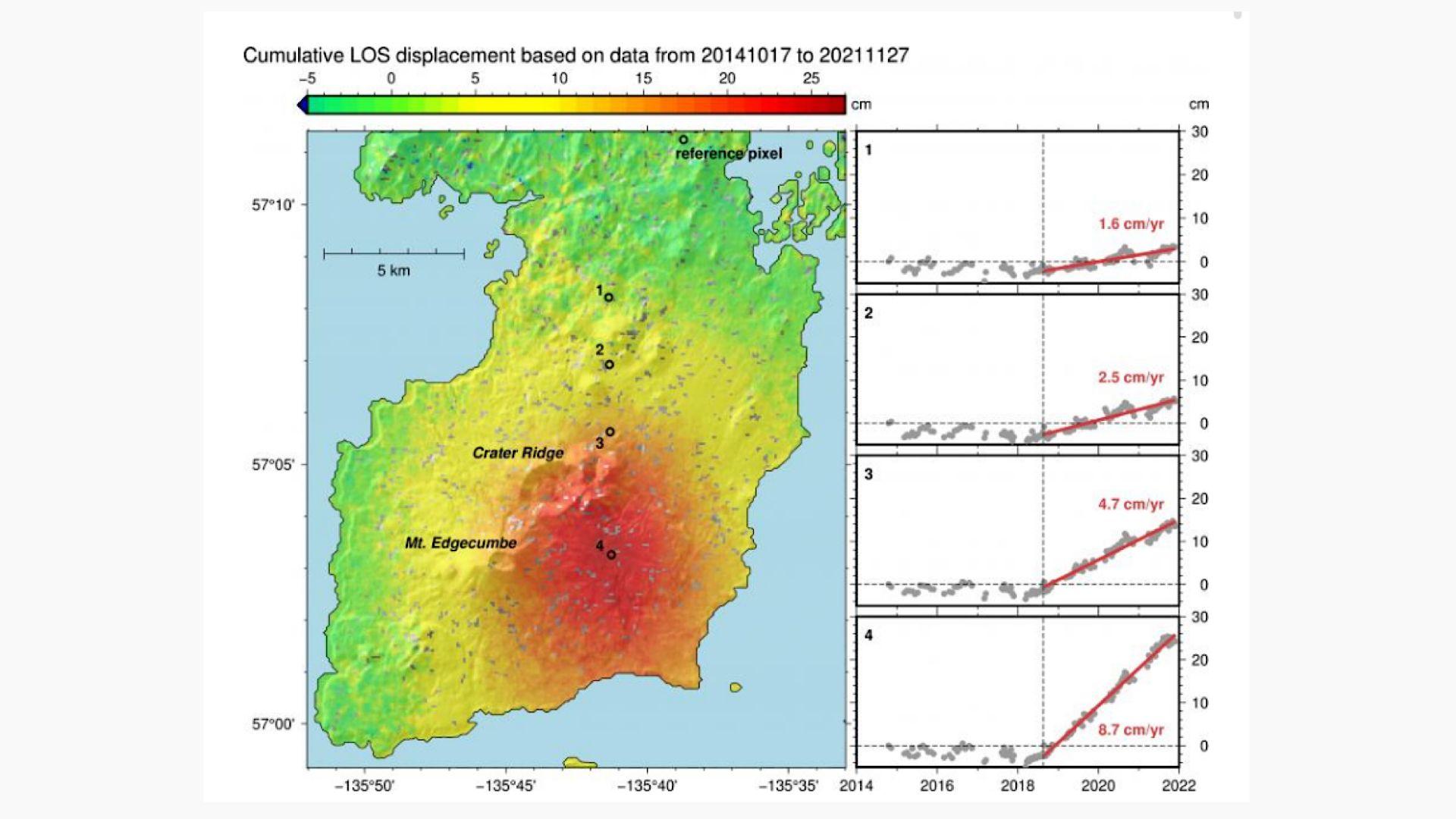
The first hints of Mount Edgecumbe’s reawakening came in the form of increased seismic activity in the area. These earthquakes, while not necessarily large in magnitude, occurred with unusual frequency, alerting scientists to potential changes beneath the surface.
Further investigation revealed signs of magma movement deep within the Earth, approximately six miles below the volcano. This upward movement of molten rock is a clear indicator of renewed volcanic activity. The detection of these subterranean changes demonstrates the importance of continuous monitoring, even for long-dormant volcanoes, as it allows for early detection of potential eruptions.
Technological Advancements in Volcano Monitoring: Satellite Imagery and Mathematical Modeling
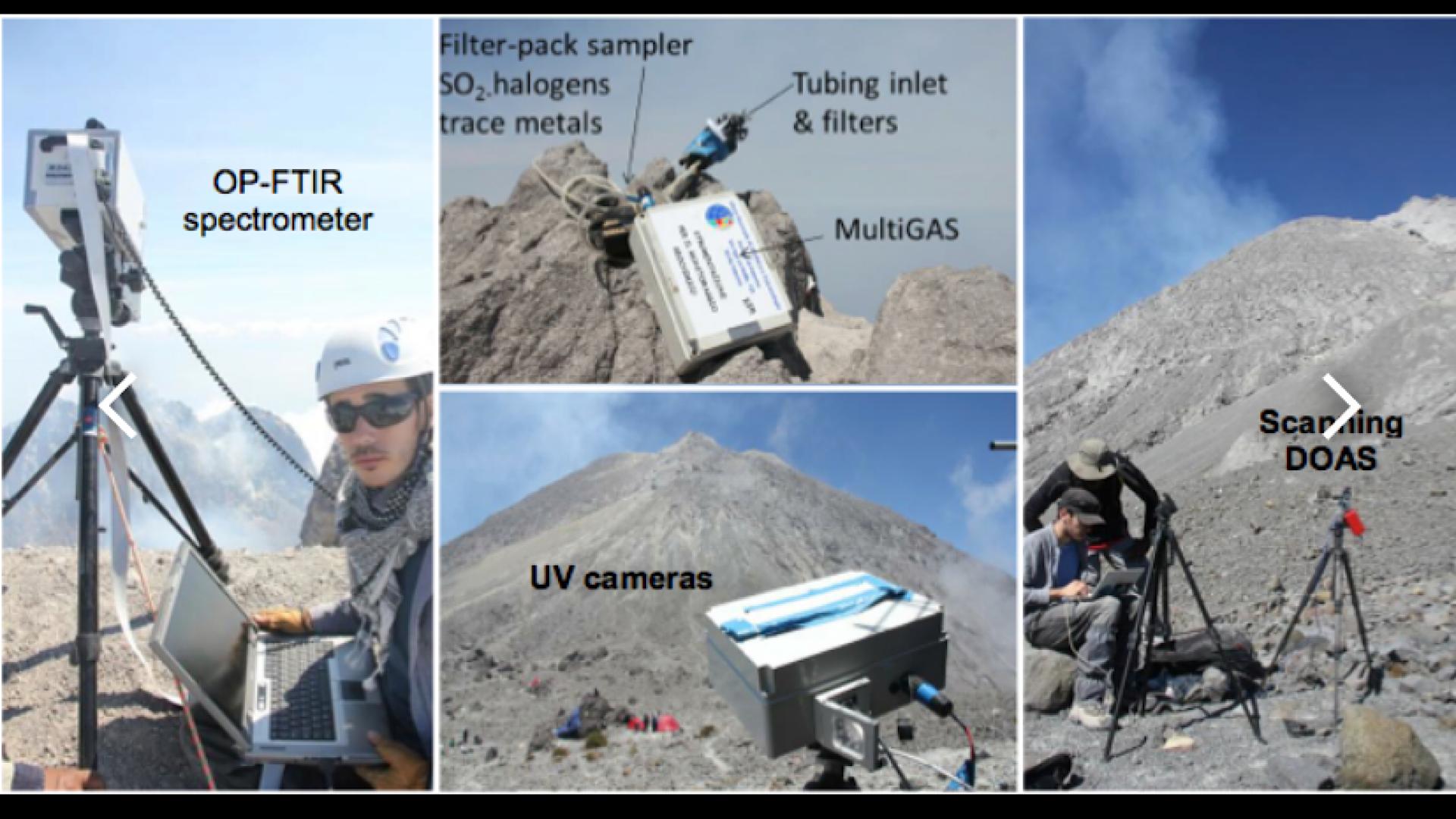
The monitoring of Mount Edgecumbe’s awakening showcases the remarkable advancements in volcanology technology. Satellite imagery now allows scientists to detect minute changes in ground deformation, providing crucial data on magma movement and pressure buildup beneath the surface.
Complementing this visual data, sophisticated mathematical modeling techniques enable researchers to interpret seismic signals and predict potential eruption scenarios. These technological tools, combined with on-the-ground observations, create a comprehensive monitoring system that significantly enhances our ability to understand and forecast volcanic activity, potentially saving lives and property in the process.
The Science Behind Dormant Volcanoes: Why They Can Reawaken
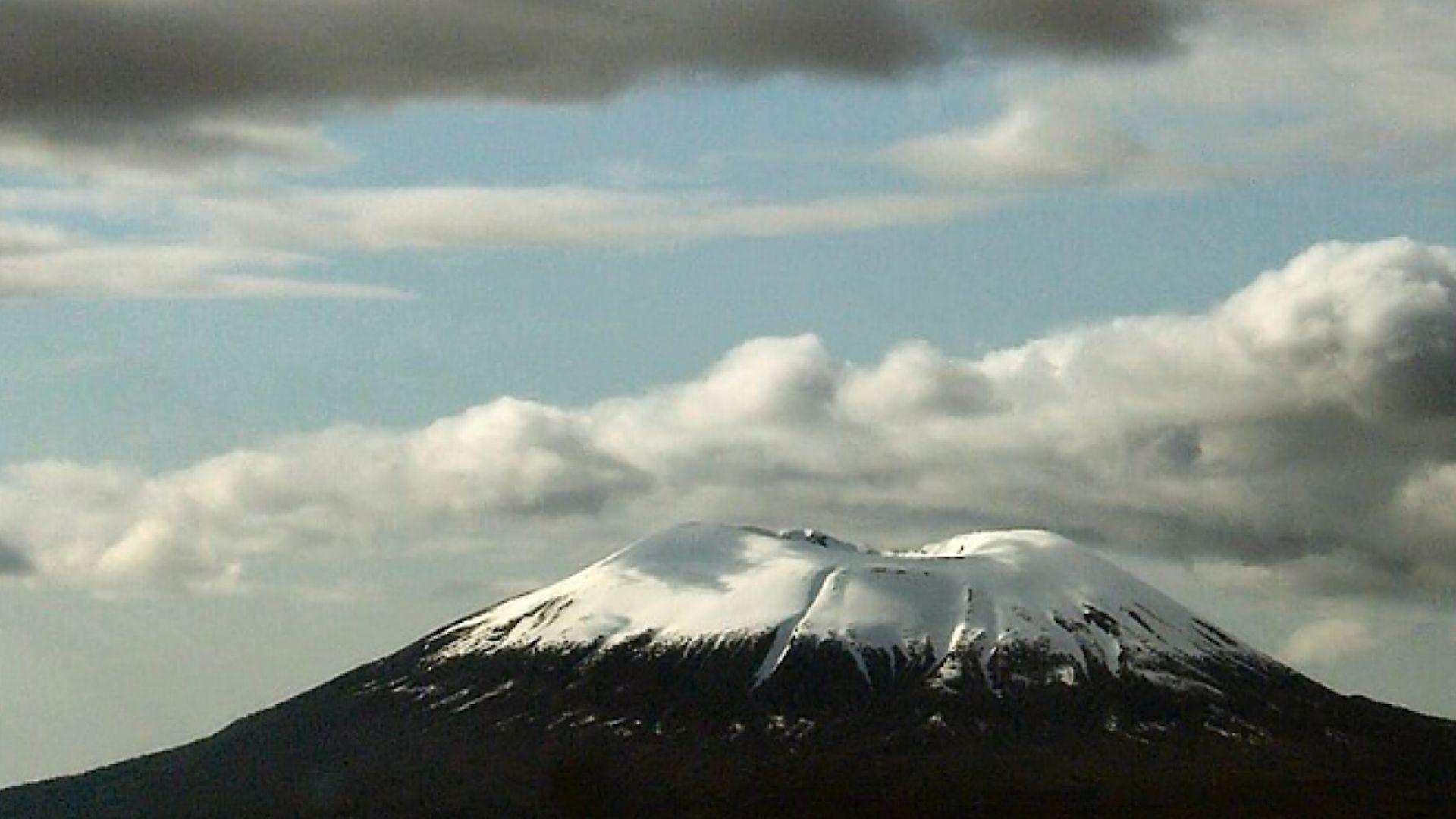
Dormant volcanoes, unlike extinct ones, retain the potential for future eruptions. This capability stems from the presence of magma chambers deep beneath the surface, which can remain active even during long periods of quiescence. Various factors, including changes in tectonic stress, the influx of new magma, or the buildup of gasses, can trigger a reawakening.
The case of Mount Edgecumbe illustrates that the transition from dormancy to activity can occur over relatively short geological timescales. This realization challenges the common perception of volcanic risk and emphasizes the need for ongoing monitoring and research, even in areas where volcanoes have long been considered inactive.
Alaska’s Volcanic Landscape: Understanding the Last Frontier’s Geological Uniqueness
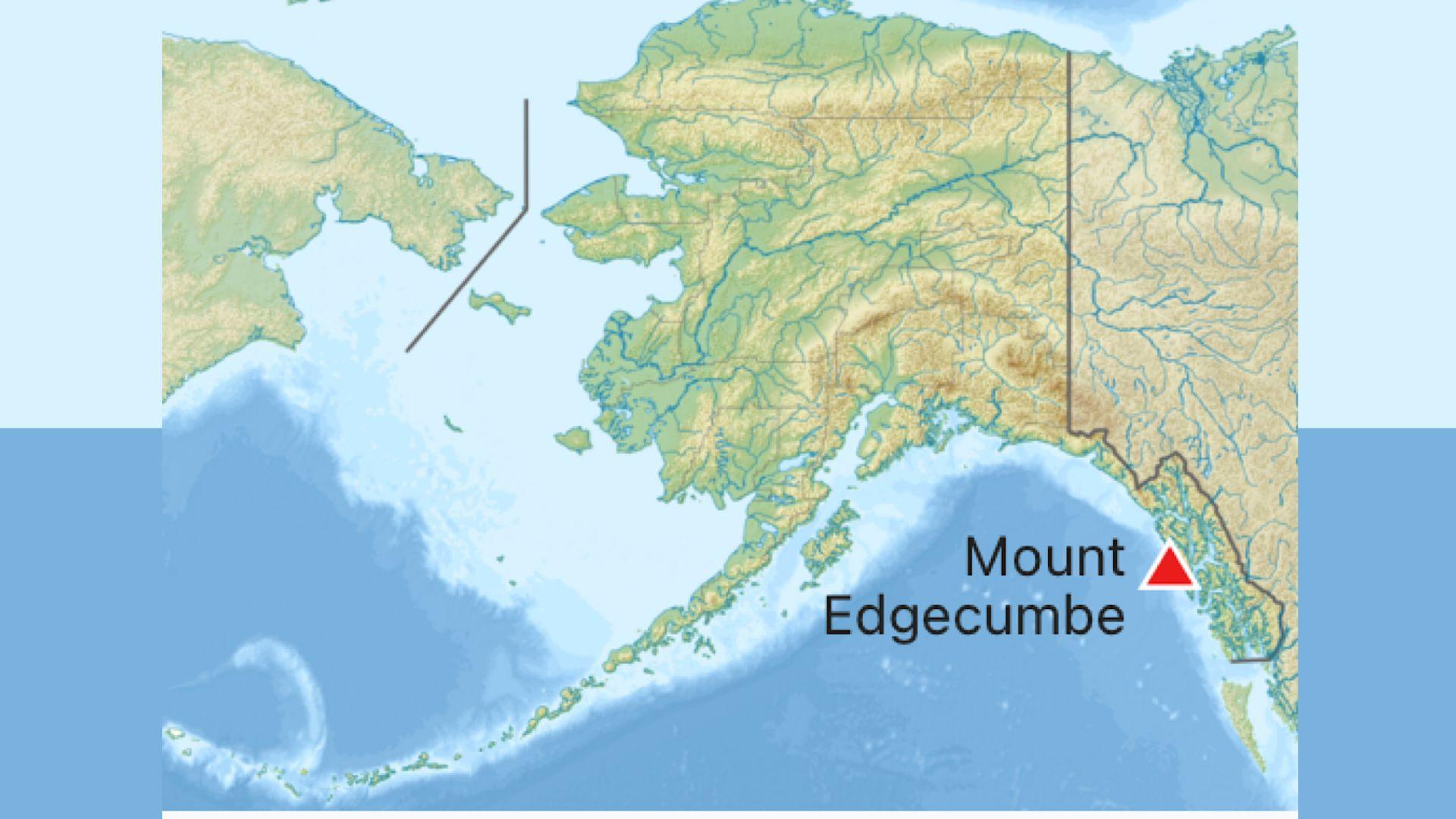
Alaska’s position along the Pacific Ring of Fire makes it a hotspot for volcanic activity, boasting over 130 active volcanoes and volcanic fields within the last two million years. This geological richness is a result of the complex interplay between tectonic plates in the region, particularly the subduction of the Pacific Plate beneath the North American Plate.
The abundance of volcanoes in Alaska, with 50 having been active since 1760, underscores the state’s geological dynamism. This volcanic landscape not only shapes the region’s dramatic scenery but also poses unique challenges and opportunities for scientists, policymakers, and local communities. Understanding Alaska’s volcanic systems is crucial for assessing risks, preserving ecosystems, and harnessing potential geothermal resources.
Potential Impacts of an Eruption: Environmental and Social Considerations
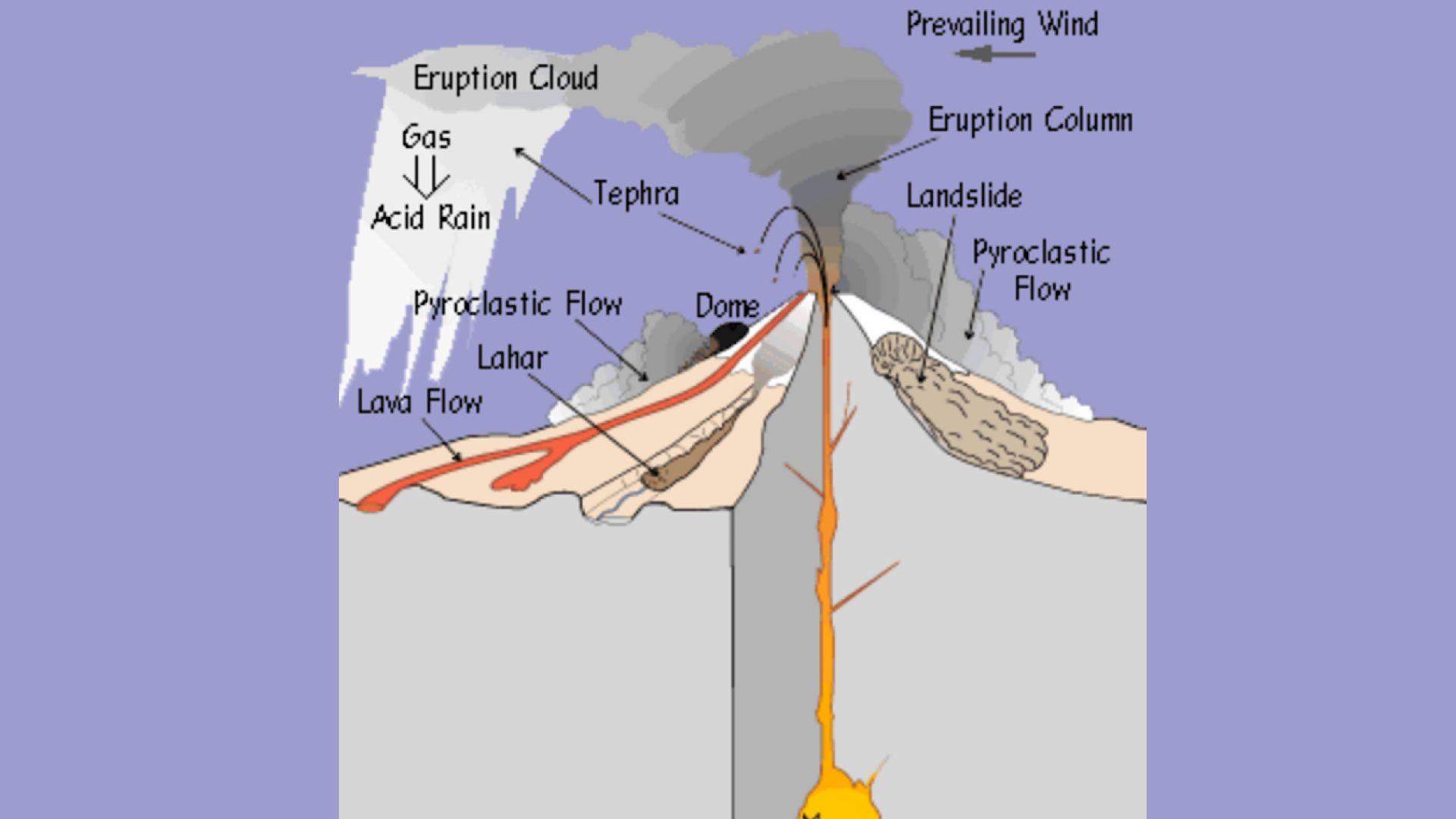
An eruption of Mount Edgecumbe could have far-reaching environmental consequences, including ash fall that could affect air quality, vegetation, and water sources. The potential for lahars (volcanic mudflows) and lava flows could reshape the landscape and pose risks to nearby communities and infrastructure.
Socially, an eruption could disrupt daily life in Sitka and surrounding areas, potentially requiring evacuations and impacting industries such as fishing and tourism. However, it could also present opportunities for scientific study and even boost tourism in the long term. Balancing these potential impacts requires careful planning and communication between scientists, local authorities, and communities.
Volcanic Hazard Assessment: Challenges in Predicting Eruptions of Long-Dormant Volcanoes
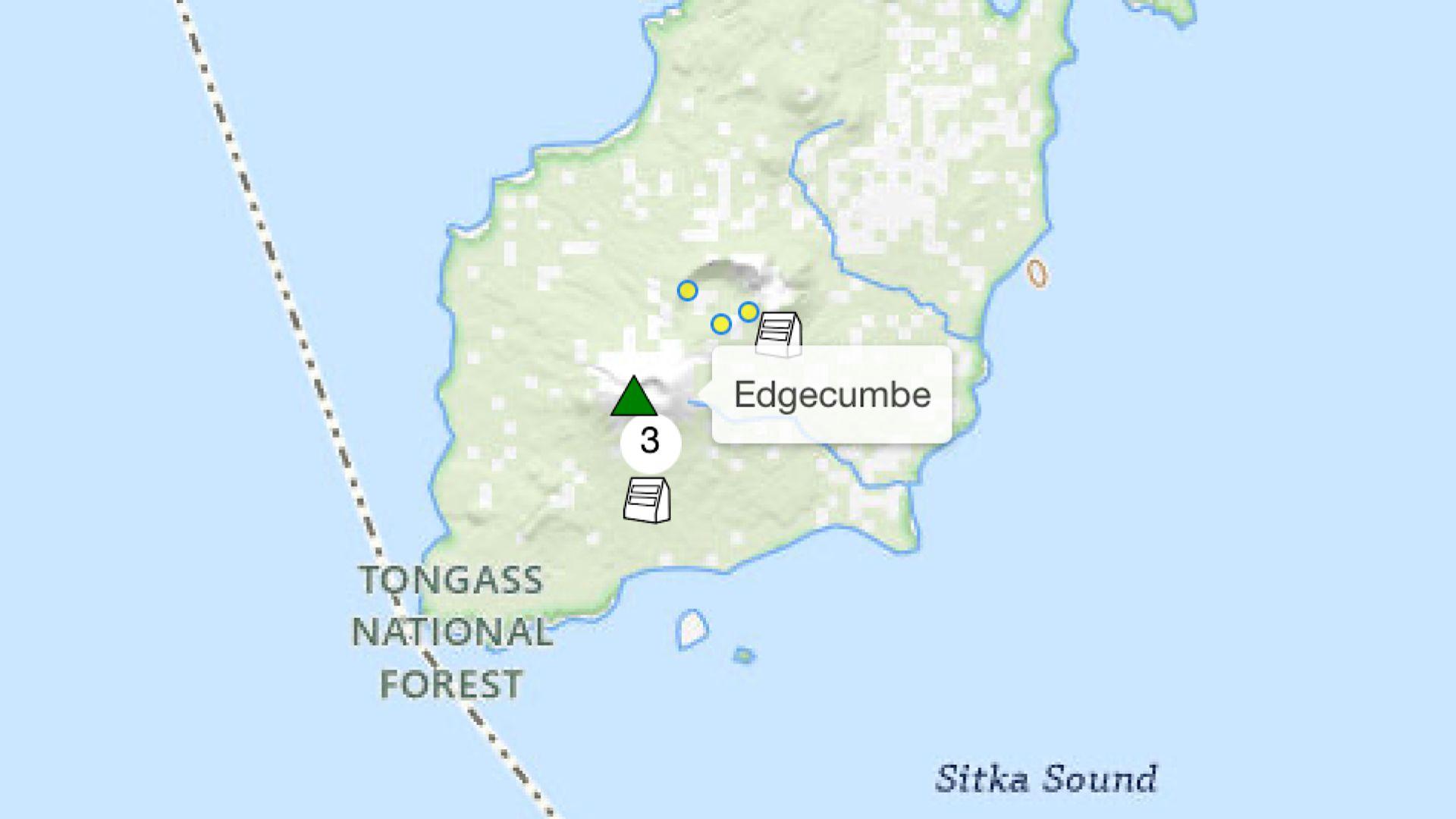
Assessing the hazard potential of long-dormant volcanoes like Mount Edgecumbe presents unique challenges. The lack of recent historical data makes it difficult to establish patterns or precursors that might indicate an imminent eruption. Additionally, the long period of inactivity can lead to complacency among local populations and authorities.
Scientists must rely on a combination of geological records, monitoring of current activity, and comparisons with similar volcanoes worldwide to create hazard models. This multidisciplinary approach involves analyzing rock compositions, studying past eruption deposits, and utilizing advanced monitoring techniques. Despite these efforts, significant uncertainties remain, highlighting the need for continued research and improved predictive models.
Community Preparedness: How Sitka and Surrounding Areas Are Responding
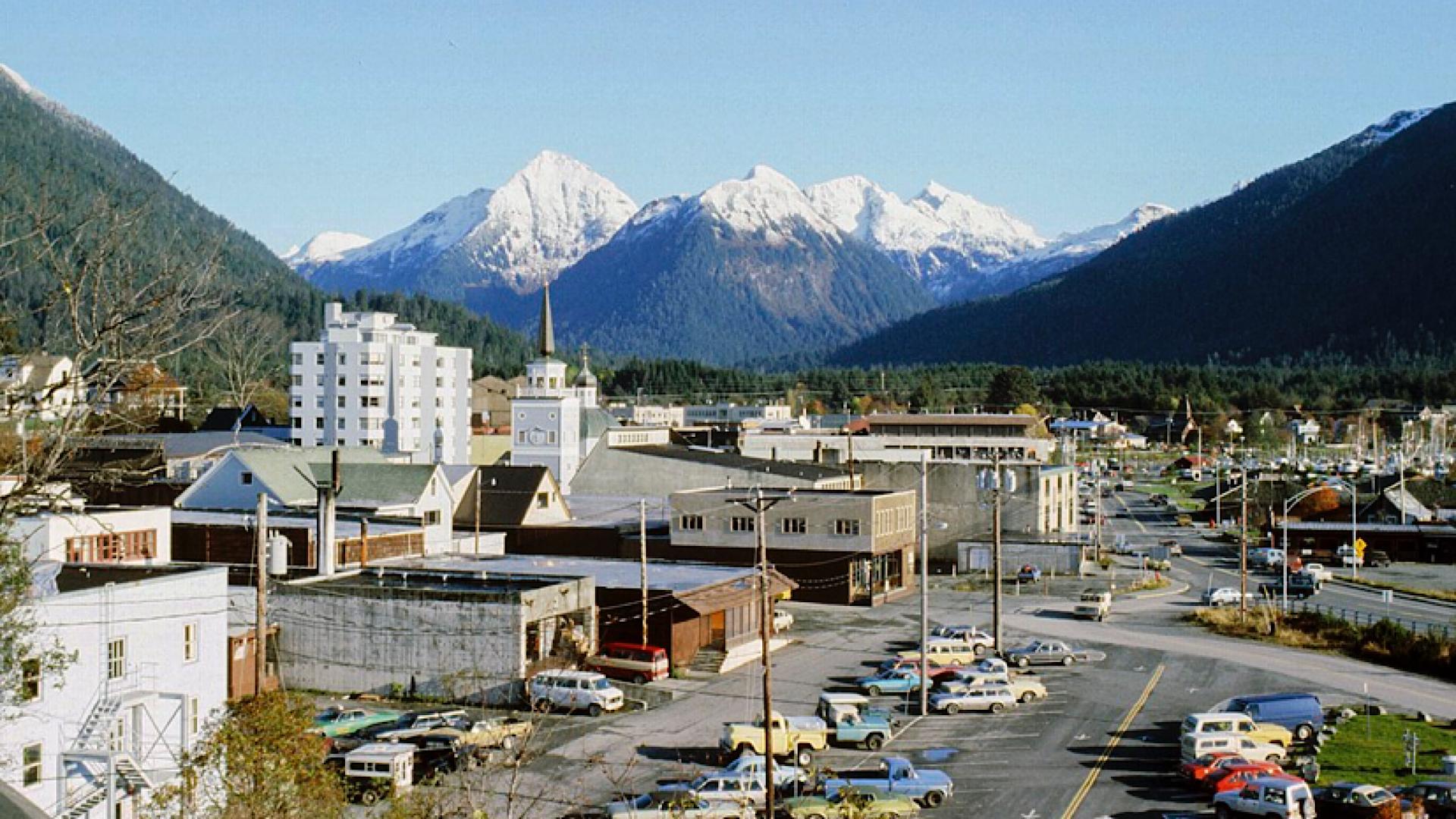
The reawakening of Mount Edgecumbe has prompted local authorities and residents to reassess their emergency preparedness plans. This includes updating evacuation routes, establishing communication protocols, and educating the public about volcanic hazards and safety measures. Community meetings and drills are being organized to ensure residents are informed and ready to act if necessary.
Simultaneously, there’s a growing interest in the potential economic and educational opportunities this geological event might bring. Local schools are incorporating volcano studies into their curriculum, and there’s discussion about developing geotourism initiatives. This proactive approach demonstrates how communities can adapt to living with active volcanoes, balancing safety concerns with potential benefits.
Global Implications: What Mount Edgecumbe’s Awakening Teaches Us About Volcanic Risk Worldwide
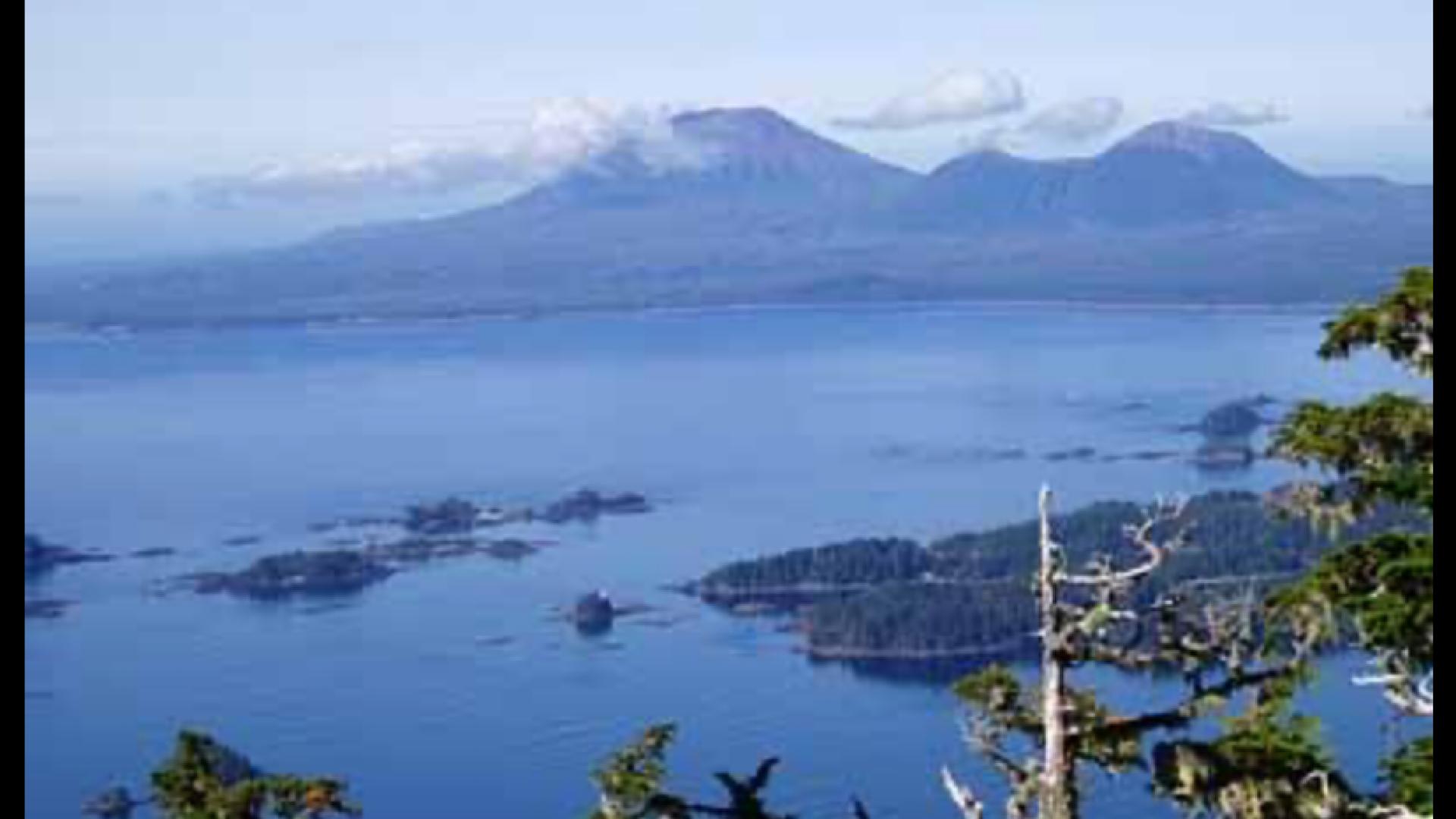
The reactivation of Mount Edgecumbe after 800 years of dormancy serves as a wake-up call for volcanologists and risk managers globally. It underscores the need to reassess volcanic hazard maps and monitoring strategies for seemingly inactive volcanoes worldwide, particularly those near populated areas or critical infrastructure.
This event also highlights the importance of international collaboration in volcanology. Sharing data, methodologies, and experiences from Mount Edgecumbe can help improve global understanding of how long-dormant volcanoes behave when reawakening. Moreover, it emphasizes the need for sustained funding for volcanic monitoring and research, as well as the integration of volcanic risk into long-term urban planning and disaster preparedness strategies worldwide.

